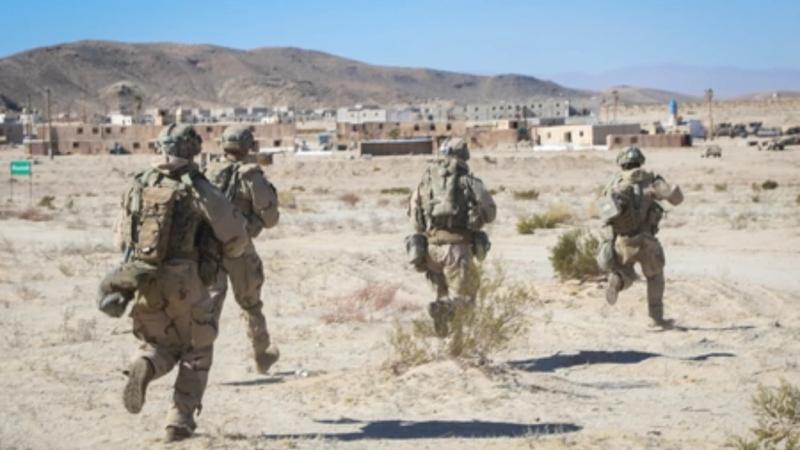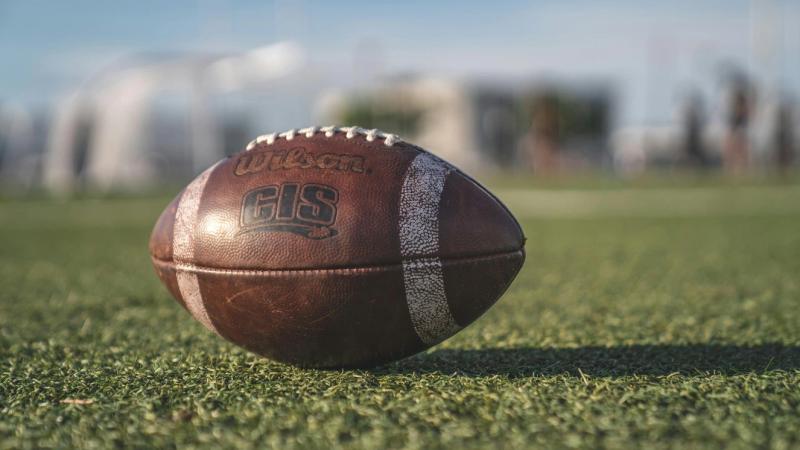THE ARMY'S ANTI-ARMOR FOOTBALL GRENADE DIDN'T GO QUITE ACCORDING TO PLAN

Imagine Joe Montana, Aaron Rodgers, Peyton Manning, or even Tom Brady dropping back for a pass, but instead of hitting Rice, Nelson, Harrison, or Edelman for a touchdown, they blew up a tank. Well, it’s unlikely that we’ll ever get that exact scenario, but the football grenade was a legit weapon designed to blow up tanks during the Cold War—too bad it didn’t work.

Why Did the Military Want a Football Grenade?
During the Cold War, the U.S. Department of Defense (DoD) and the CIA tried to design a football grenade because, during that time, they would try almost anything.
However, unlike cyborg cats and truth serums, the government’s idea was rooted in previous ideas, providing a bit of a precedent for the football-shaped grenades.
During World War II, grenades were shaped like baseballs. Why? As it was the most popular sport at the time, military leaders believed young men would know how to throw them with accuracy if they were shaped like America’s pastime’s ball of choice.
However, in the 1970s, things began to change. A combination of the intense, violent nature of football, the Super Bowl growing in popularity, and some of the NFL’s most legendary teams, baseball was fading in popularity.
This is why the football shape was chosen in 1973, as the Army believed Soldiers would be able to throw spirals and take out tanks when needed.
Defense for Soviet Tanks
The military was less concerned about using the football-shaped grenade for the perfect Spider 2 Y Banana and more focused on executing defense against Soviet tanks.
You see, NATO was concerned that Soviet tank divisions would descend on Western Europe and troops would be faced with T-62 tanks they couldn’t defend against.
While anti-tank missiles were available, their use in urban settings would likely have led to a high death toll among civilians.
Furthermore, developing a smaller weapon meant short-range attacks could accurately take out armored vehicles discreetly.

Inspiration and Design
Designing a grenade football came to the U.S. Army in part due to the Soviet Union's RKG-3 anti-tank grenade.
Created at Aberdeen Proving Ground, a hollowed-out Nerf football housed the explosive, allowing troops to securely conceal the weapon and use it in the field.
The weight of the grenade was near that of a regulation football to better help Soldiers with throwing.
Why the Military’s Football Grenade Failed
Having a football anti-tank grenade seemed like a good idea, but the practicality of it never panned out.
Once a 14-ounce charge was stuffed inside, the grenade’s flight became wildly unpredictable—definitely not ideal for combat.
While the baseball grenade got canceled because the M-67 was a better design and caused less friendly fire, the football design wasn't just scrapped, but anti-tank grenades went away altogether.
Just like how the thought of using a weird swinging gate play seemed like a good idea to the Colts at the time, in the end, the football grenade didn’t quite play out how it was drawn up.
Image Source: US Army
Suggested reads:



